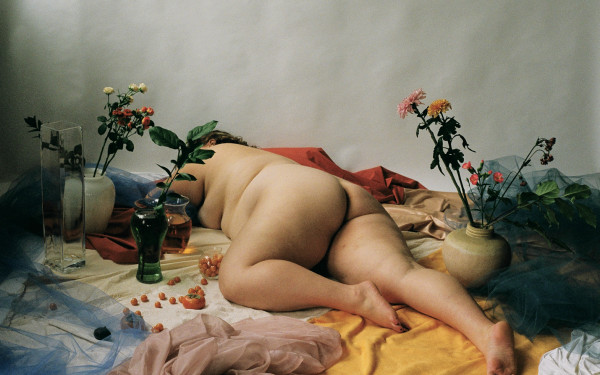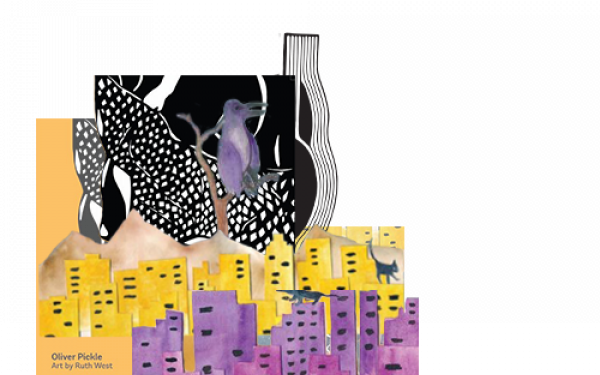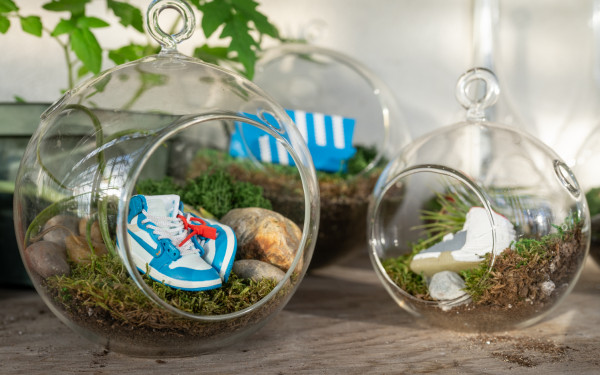From Montreal to around the globe, art builds community
The Art Hives Initiative is made up of 270 community art studios around the world. Photo Olivia Piché
The Art Hives Initiative harbours spaces for expression and connection
Around the city and across the world, diverse spaces are used to house community art studios, some of which belong to the Art Hives Initiative.
Officially established in 2010 here in Montreal, the Art Hives Initiative has spread across the globe over the years, now with over 270 hives making up the network. With most located in North America and over 40 in Quebec, Concordia hosts two hives on their campuses.
An art hive is a designated space where everyone is free, and welcome, to come in and express themselves through art. The idea is quite simple, but the advantages of art hives go a little more in-depth.
Art therapist and Art Hives Headquarters coordinator Rachel Chainey explained how feelings of empowerment and boosts of self-esteem are inherently linked to art-making, but when this is shared with a community, these benefits are enhanced.
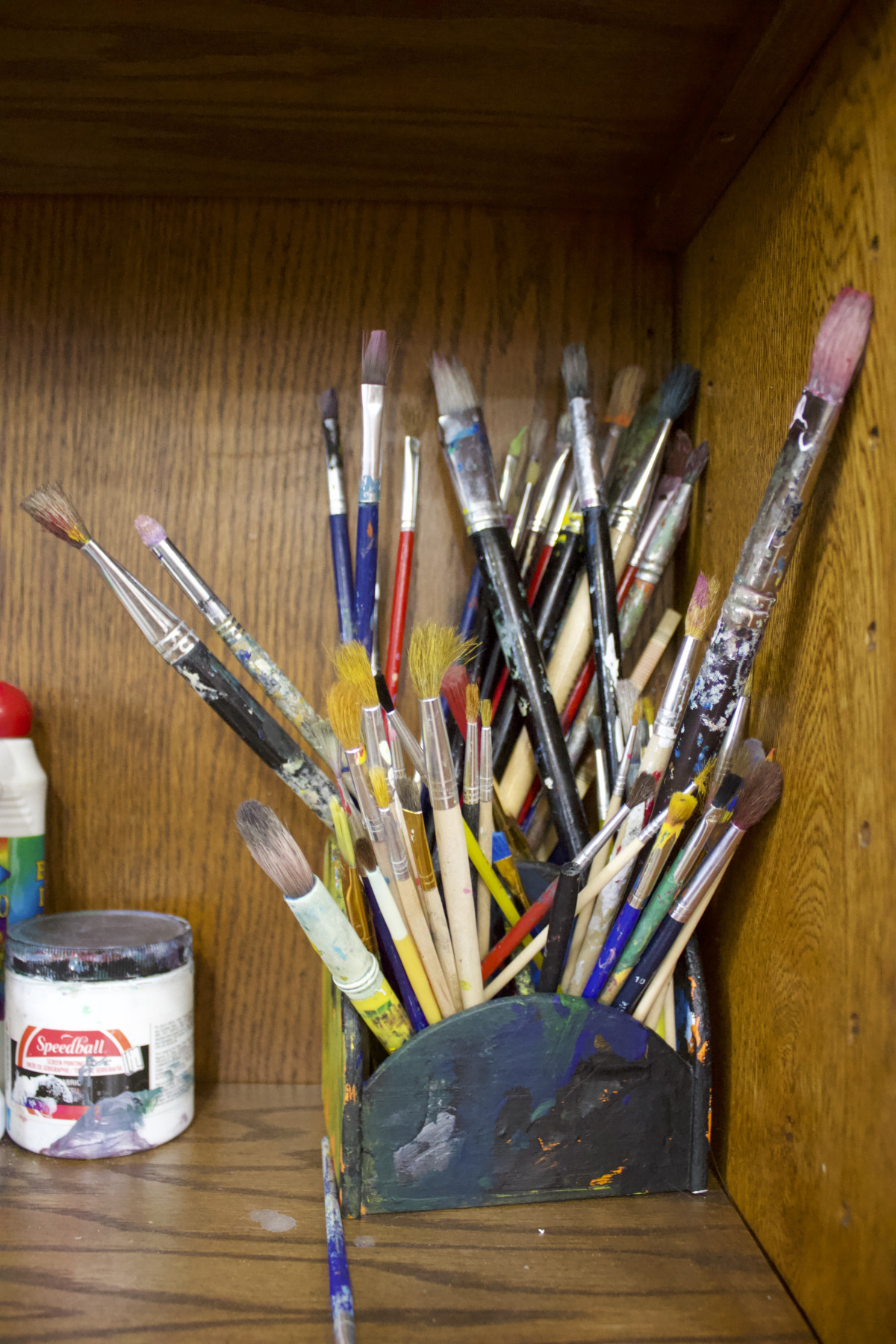
“If you had done the art at home you would already feel better about having done the art, but then you feel even better because you are witnessed by others, not just by a therapist, but by a whole community of people,” said Chainey.
While every art hive is different, the spaces usually offer an abundance of visual art supplies, and sometimes, other forms of art supplies like musical instruments are available. Buttons and beads line the shelves, paints in every colour sit in a trolley, and yarn, paper products, and clay are within reach.
Of the many values the Art Hives Initiative encompasses in its mission, building and strengthening community is seen as one of the highest priorities.
“It’s all about inclusion and valuing diversity. So [it’s about] wanting people to have experiences where they meet people who are unlike themselves,” said Chainey when explaining one of the aims of the initiative is to welcome people of all different backgrounds. “We really want the whole community to feel welcome here.”
Chainey added that the spaces act as an equalizing tool, meaning everyone is simply there to make art, or enjoy company. There are no questions asked and no pressure to share your story. Director and founder of the Art Hives Initiative Dr. Janis Timm-Bottos shared the sentiment saying the spaces help to break down barriers between strangers.
“We offer a place to explore identities that [are] outside of the ones society has labelled us with. [...] I feel [they] get broken down in the art hive,” she said. “That’s where the empathy can begin.”
“It creates a solidarity between people and it helps take down prejudice,” added Chainey.
With an environment aimed to be welcoming, casual, and inspiring, art hives are often referred to as third-spaces, meaning they are spaces separate from the two usual social settings that are work and home. “It’s a safe space. It’s not the pressures of home, it’s not the pressures of work,” said Ruth Boomer, one of the facilitators of the NDG Art Hive.
“We offer a place to explore identities that [are] outside of the ones society has labelled us with. [...] I feel [they] get broken down in the art hive.” — Janis Timm-Bottos
Located in a residential building with a community garden just outside its doors, and a cat that often wanders in, the NDG Art Hive sees a lot of families and building residents wander in during their opening hours on Saturdays.
Read more: ‘Blackity’ sheds light on the disparities of representation in Black Canadian art
Over a cup of coffee, Boomer told the tales of the many people she had seen be touched by the art hive. She shared stories of people struggling through a deep depression seeking interaction, a woman reuniting with her children after they were put into foster care, and a trucker who stops in every time he passes by Montreal.
“We’ve had people really bare their souls in here when it's less busy,” chimed in Miles Taffert, the Community Art Coordinator for the NDG collective.
Taffert said a lot of facilitators have taken active listening training courses which adds a level of support. He said the snacks help attract participants to the spaces too.
Boomer explained the NDG Art Hive also works closely with community service centres and low income housing programs.
“We get people who are sent by the [Centres locaux de services communautaires] because they’re going through depression or financial difficulties and just need something to do outside of the house,” she said.
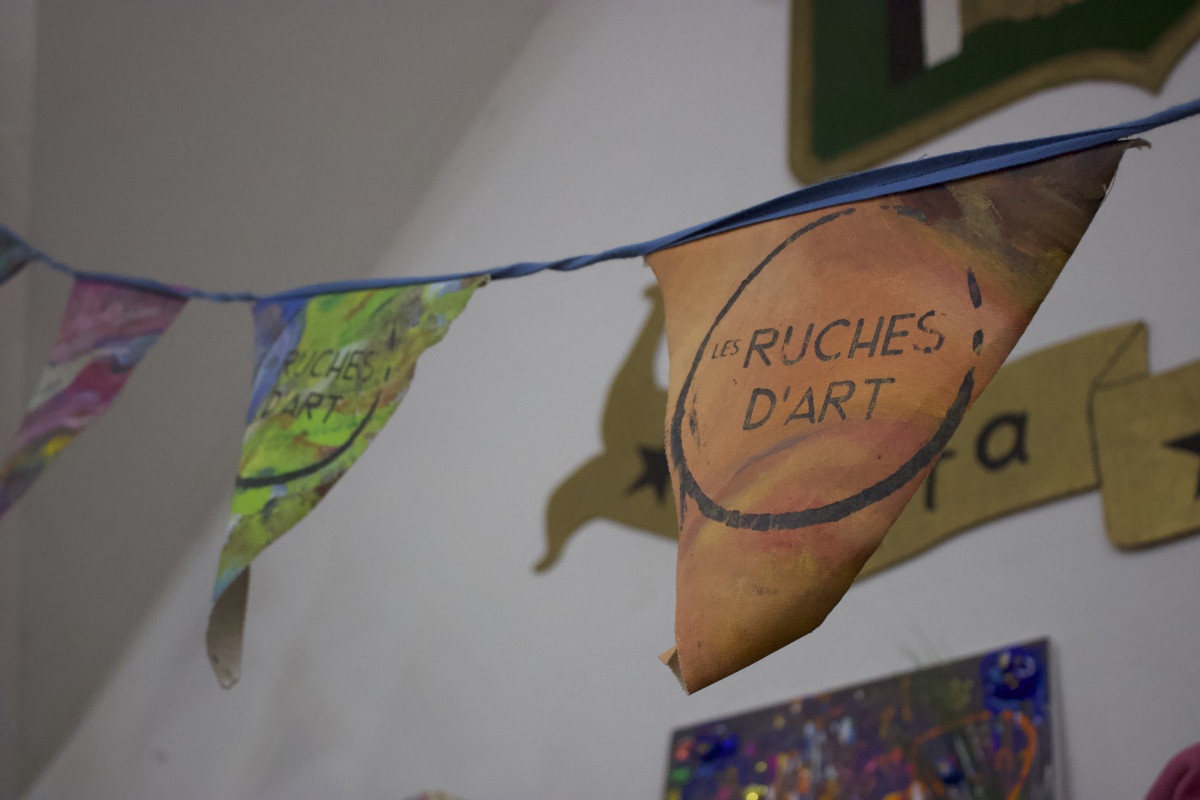
When it comes to harbouring a safe space that serves the community, Timm-Bottos explained there is a long and wonderful history to the concept.
“The idea of third-space, the idea of women opening their doors to groups of people from really different backgrounds goes way back, especially in Canada,” she explained. “In Montreal it truly was the Grey Nuns that were the first artists that set out spaces to earn income, but also to bring people from opposite sides of the community and people that were left out.”
Timm-Bottos, who founded the initiative here in Montreal, explained Quebec had an environment she felt would take well to the initiative.
“There was a different bar set for the care of people. The idea that people are housed, because it gets really cold here, and the culture is so highly valued—the combination of those two things really set the stage for an environment with the ideas that yes community gathering spaces may be as important as shelter, food banks, and things that are just very important,” said Timm-Bottos.
Now a decade later, hives around the world are linked through the initiative. Far and wide, from Europe, to North Africa, to South America, like-minded people with similar missions are linked through the network.
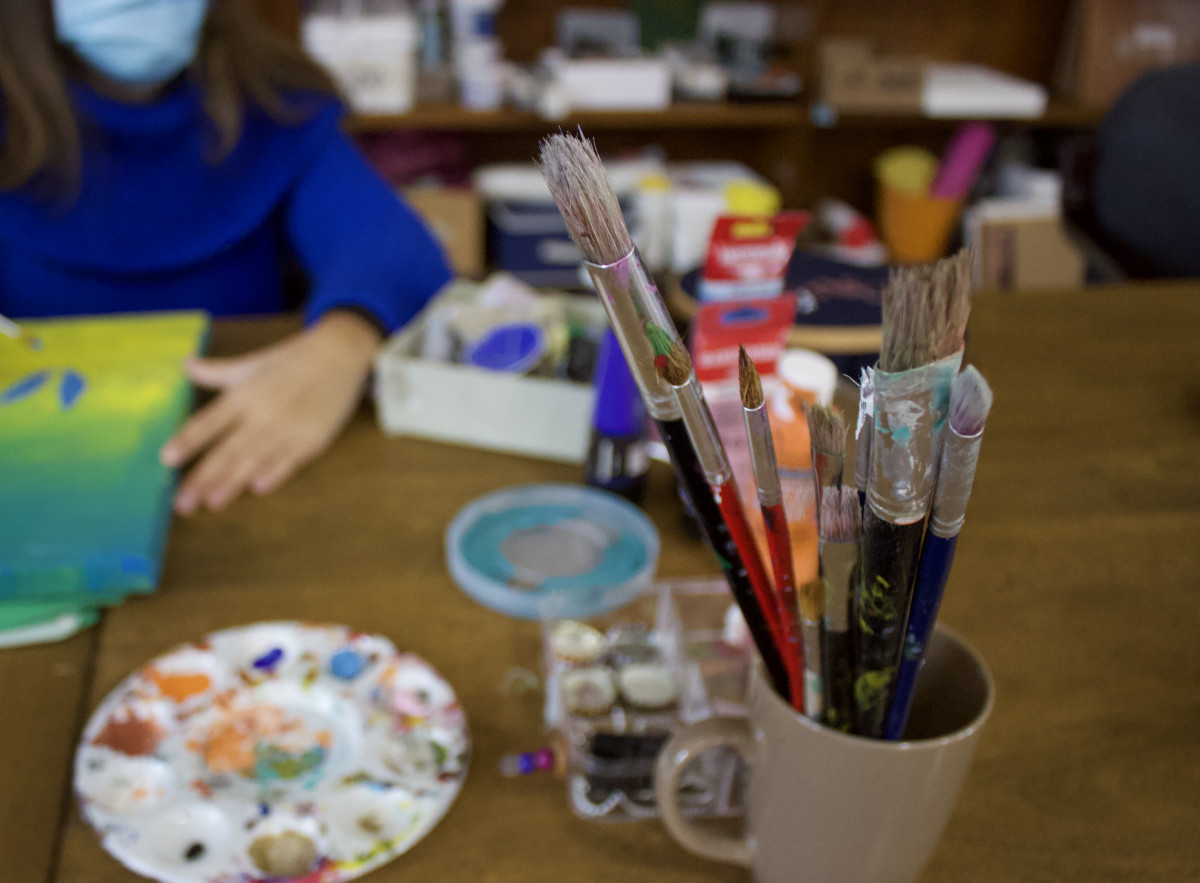
Chainey explained the initiative is open-sourced, meaning whenever someone is looking to start a hive, they’re mostly there for skill sharing and support when it’s needed.
“What works here in North America can be completely different in Africa or Asia. If people in those areas say, ‘We want to do this,’ then it works. They are the ones to adapt it to their settings and their culture. It’s not for us to know [what will work for them]. That’s why it’s open-sourced,” she said.
Anyone can start an art hive, it can be as simple as offering art supplies in a park during set hours. The Art Hives Initiative provides a network for these spaces to be a part of, biweekly meetings, and support or advice when it's needed.
“It doesn’t have to be a big thing. These small, and I like to say sustainable, spaces, [...] the power is in the network, that they’re linked together,” said Timm-Bottos. “Small spaces are what make a movement happen.”
Now, even with some repercussions from the pandemic, the movement continues to grow. After switching to an online format for the duration of the pandemic, art hives are slowly beginning to open up physical gathering spaces.
One of Concordia’s art hives facilitators, Natalí Ortiz explained that she found participants to be extremely resourceful with materials in their homes, and said a lot of participants were seniors who were struggling with isolation.
“They bring so many testimonies on how the Art Hives have helped them during the pandemic,” she said. “It’s been great. We created this community online, I haven’t met these people but in a way feel like I know them. We were still able to share our art and our experiences so I think more than just to make art together it’s really to feel this sense of community.”
“Small spaces are what make a movement happen.” — Janis Timm-Bottos
“What this highlights is that our sense of community is portable in a sense,” said Chainey. “It lives in this intention to build community around art.”
Concordia’s two locations have recently reopened their doors to the general public after Chainey said there was an overwhelming amount of demands from the community who wanted to come back.
The Loyola campus art hive is open Mondays from 2 p.m. to 5 p.m. Concordia’s downtown art hive has just opened in their new space located in the ER building. Currently, their opening hours are Wednesday’s from 2 p.m. to 5 p.m.


